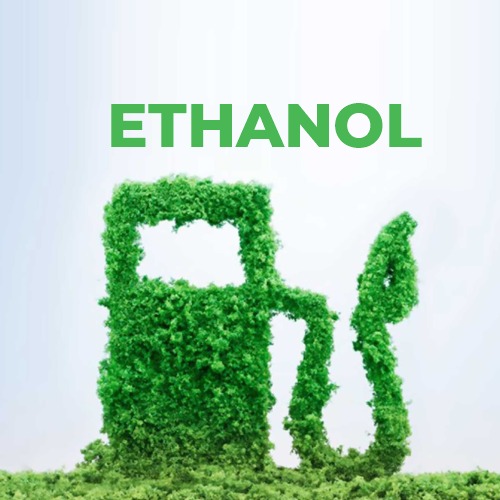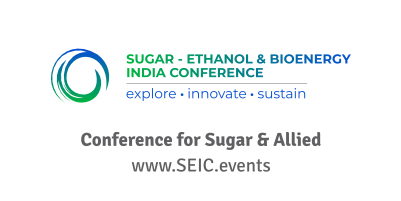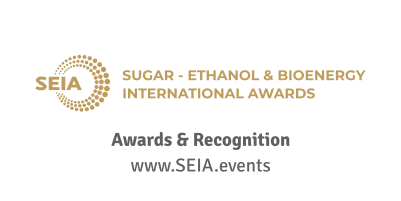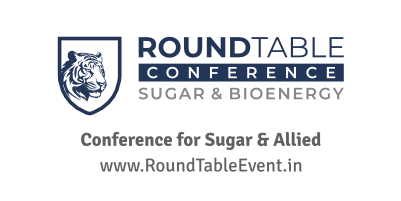As U.S. tariffs imposed by President Donald Trump begin to take effect, the United States Trade Representative (USTR) has highlighted 10 trade practices deemed “unfair” that American exporters face, including India’s ban on U.S. ethanol imports.
The USTR outlined these 10 “unfair trade practices” in a recent post on X, pointing out that India prohibits the import of U.S. ethanol for fuel purposes. Similarly, Thailand imposes restrictions on fuel ethanol imports, requiring approval and permits, and has not issued an import permit for fuel ethanol since 2005. The USTR estimates that gaining access to the Indian and Thai markets for U.S. fuel ethanol could boost exports by at least USD 414 million annually.
According to the USTR’s 2025 National Trade Estimate Report, India has set ambitious targets for blending ethanol with gasoline. However, it continues to ban the import of ethanol for fuel use. In addition, the Ministry of Commerce and Industry (MOCI) mandates an import license for ethanol intended for non-fuel purposes, with restrictions on biofuels under specific HS codes. These restrictions have been in place since May 2019, with the Directorate General of Foreign Trade (DGFT) overseeing the process.
On March 20, Minister of State for Petroleum Suresh Gopi informed the Lok Sabha that the Union government plans to increase the ethanol blending in petrol to 20 percent by 2030. The National Policy on Biofuels – 2018, updated in 2022, accelerated this target to 2025-26. Public sector Oil Marketing Companies (OMCs) achieved the 10 percent ethanol blending target in June 2022, five months ahead of schedule. The blending has further increased to 12.06 percent in 2022-23, 14.60 percent in 2023-24, and is expected to reach 17.98 percent by February 2025. However, the government has yet to decide on increasing blending beyond 20 percent.
The Roadmap for Ethanol Blending in India 2020-25, developed by an inter-ministerial committee, suggests that using E20 (20 percent ethanol blended) fuel may cause a minor reduction in fuel efficiency for vehicles designed for E10. The committee found that with proper tuning and modifications, the efficiency loss could be mitigated, and no significant issues were observed with vehicle performance or engine wear.
In its post, the USTR also flagged trade issues with other nations, including China, Japan, and the EU. The USTR criticized the Chinese practice of selling over 100,000 U.S.-made American flags monthly through a single e-commerce platform, costing American manufacturers an estimated USD 2 million in lost sales.
The USTR also highlighted Japan’s tariffs on U.S. seafood exports, which reach up to 10.5 percent, along with a complex import quota system. These practices are estimated to cost the U.S. seafood industry USD 189 million annually. Additionally, the European Union’s Carbon Border Adjustment Mechanism (CBAM) was criticized for imposing costly verification measures and potentially diminishing U.S. exporters’ competitiveness in the EU market, with an estimated impact of USD 4.7 billion in annual U.S. exports.
The USTR’s 2025 National Trade Estimate Report underscores the negative impact of such trade barriers, which create an uneven playing field for U.S. exporters and, in some cases, prevent U.S. goods from entering foreign markets altogether.
Meanwhile, on Monday, U.S. Secretary of State Marco Rubio and Indian External Affairs Minister S. Jaishankar discussed U.S. tariffs on Indian imports, following President Trump’s announcement of a 10 percent tariff on all U.S. imports, a move that raised concerns globally. The two officials aimed to foster a fairer trade relationship, as noted by the U.S. State Department. Jaishankar later shared on social media that he had discussed the possibility of concluding a bilateral trade agreement with Secretary Rubio.
For detailed information and further insights, please refer to BioEnergyTimes.com, which provides the latest news about the Ethanol Industry
















